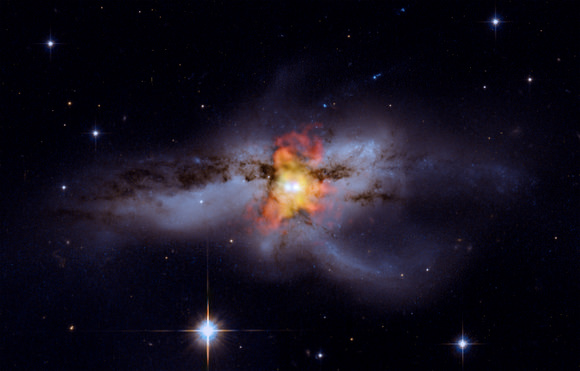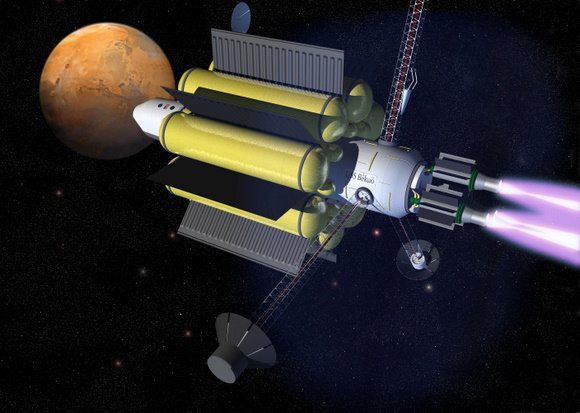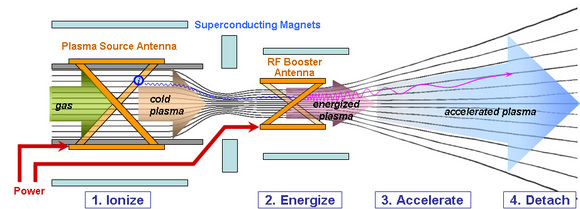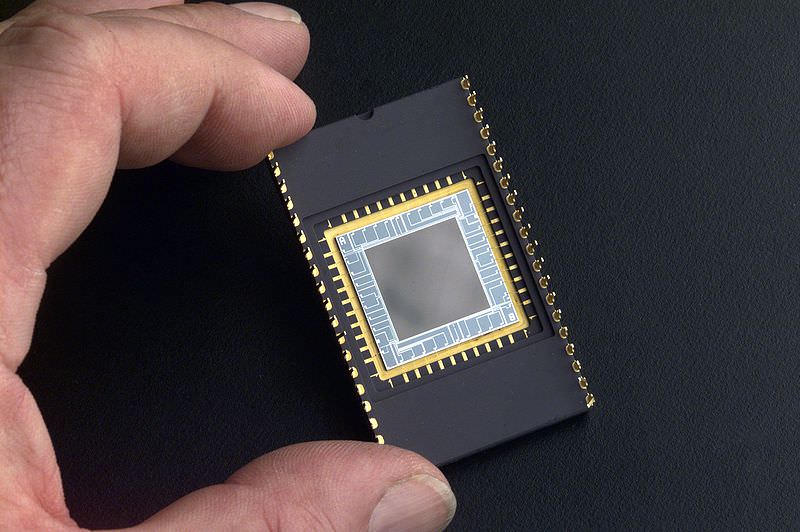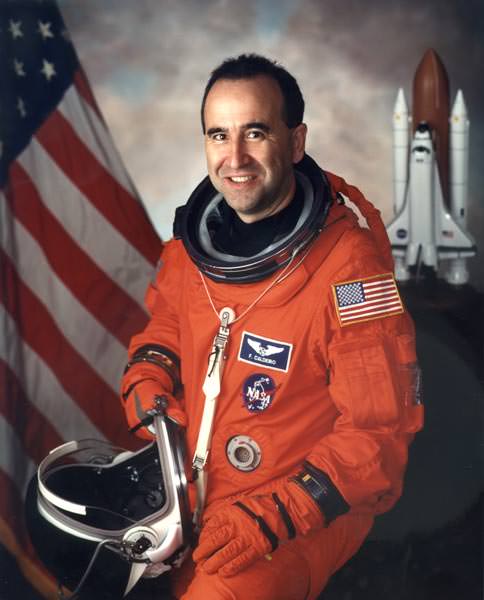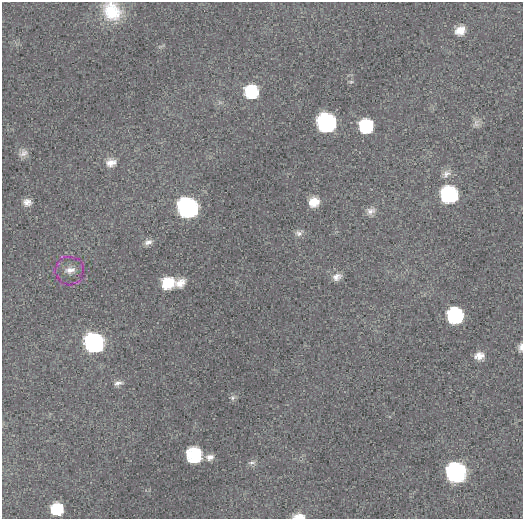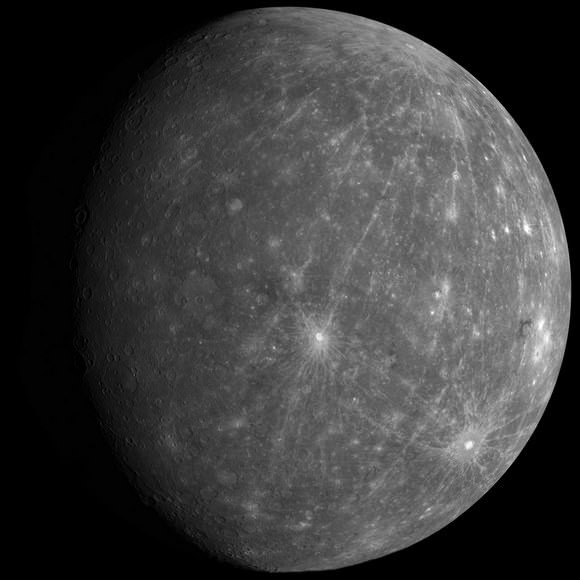[/caption]
New images of Titan’s surface from the Cassini spacecraft show changes which are evidence of seasonal change. Objects identified earlier as liquid hydrocarbon lakes are shrinking and disappearing over the course of one to several Earth years. Scientists say seasonal temperature variations causing evaporation is the most likely cause for the changes observed. Cassini’s Synthetic Aperture Radar (SAR) repeatedly peered through Titan’s thick atmosphere, and data show that the lakes exhibit more than an order of magnitude increase in radar return and have disappearing borders between observations, suggesting surface change. These changes cannot be explained without invoking temporal variability, scientists reported at the American Astronomical Society’s Division for Planetary Sciences meeting now under way in Fajardo, Puerto Rico.
Alex Hayes, of the California Institute of Technology, and Dr. Jonathan Lunine, of the University of Rome Tor Vergata shared images of several regions on Titan’s south pole. Ontario Lacus is the largest and best characterized lake on Titan. Between July 2004 and July 2009, the shorelines of Ontario Lacus have receded, consistent with liquid evaporation and/or infiltration. In June and July 2009, the Cassini radar acquired its first high-resolution SAR images of the lake. Together with closest approach altimetry acquired in December 2008, these observations provide a unique opportunity to study Ontario.
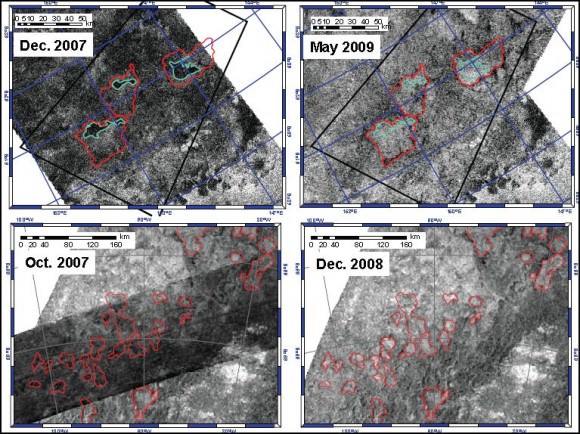
Evaporation is the most likely scenario for observed changes on Titan’s surface. Alternative explanations include freezing, cryovolcanism, and subsurface infiltration. Freezing is unlikely due to thermodynamic reasons during the summer season in Titan’s south pole, and there are no clearly observable cryovolcanic features in the study areas. However, liquids evaporating and becoming part of a static hydrologic system is inconsistent with the observations. But, the scientists said, infiltration into a dynamic hydrologic system with a regionally varying methane/ethane table is possible.
“If evaporation is responsible, model results suggest rates are about 1m/yr, similar to current GCM estimates of methane evaporation rates for the latitudes and season in question,” Hayes and Lunine wrote in their press release. “An analysis of the receding shorelines observed in Ontario Lacus also yield evaporation rates of about 1 m/yr and support the results of the two- layer model for the smaller lakes. These observations constrain volatile fluxes and hence, the evolution of Titan’s hydrologic system.”
Source: AAS Planetary Science Division

